From utility-scale wind farms to the nation’s first offshore wind project, the U.S. wind industry continued to grow in 2016.
August 8, 20171. Wind is powering America.
From utility-scale wind farms to small distributed wind applications to the nation’s first offshore wind project, the U.S. wind industry continued to grow in 2016. The U.S. Department of Energy recently published three reports breaking down the state of wind energy in 2016. From invigorating the U.S. economy to advancing engineering breakthroughs, wind energy is moving America forward.

Distributed wind applications provide energy locally, directly serving on-site electricity needs of farms, schools, or manufacturing facilities, or tied to a local grid.
2. The wind industry creates American jobs.
Across all 50 states, wind energy powered more than 101,000 jobs in the United States in 2016, an increase of 32% from 2015. Across 27 states, U.S. manufacturers of small wind turbines (100 kilowatts or less) accounted for 98% of 2016 domestic small wind sales.

Wind energy powered more than 101,000 jobs in the United States in 2016.
3. Offshore wind has arrived in the U.S.
In December 2016, America achieved another milestone. The first American offshore wind farm began operating off the coast of Rhode Island, delivering power to the community on Block Island. More offshore wind projects are anticipated in the near future, bringing with them the promise of new jobs and low-cost, carbon-free energy.
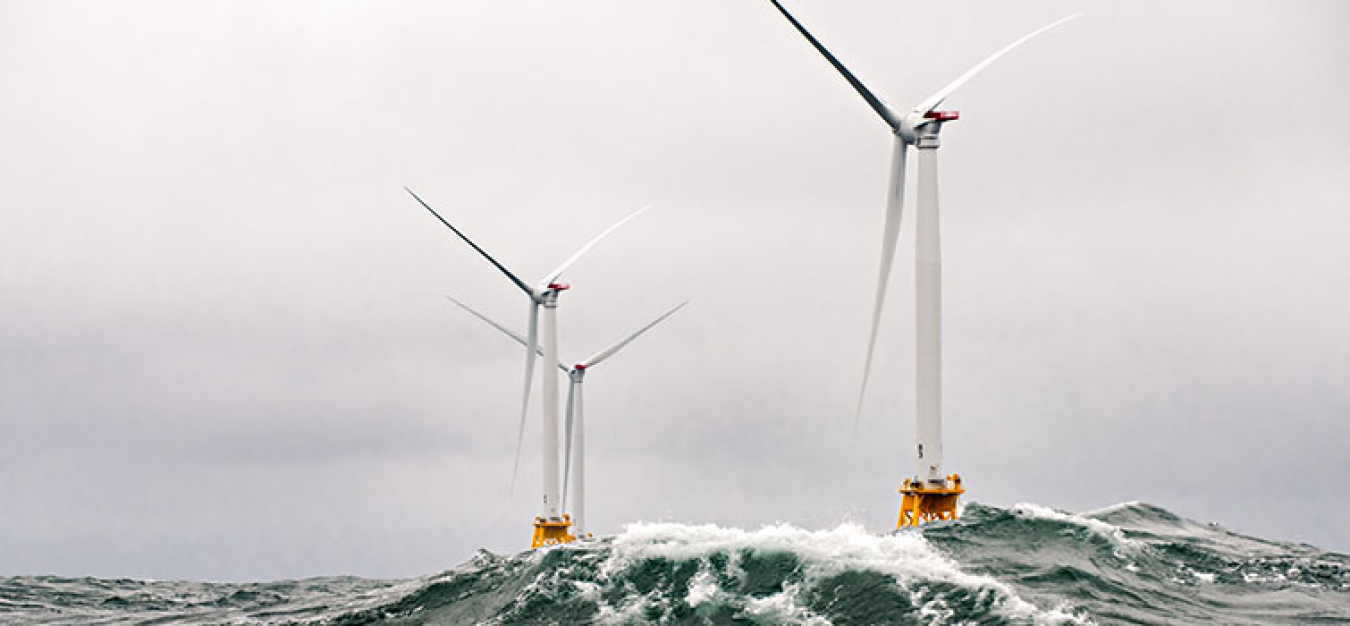
The nation's first offshore wind farm in Rhode Island.
4. The price of wind turbines – and wind energy – is as low as ever.
Prices of wind turbines and their installation costs have plummeted over the past eight years. This decline in costs, combined with the ongoing development of more efficient wind turbines and record-low interest rates, has yielded land-based wind power prices that compare favorably to natural gas prices in 2017 and beyond. Offshore wind costs and prices have also declined across the globe.
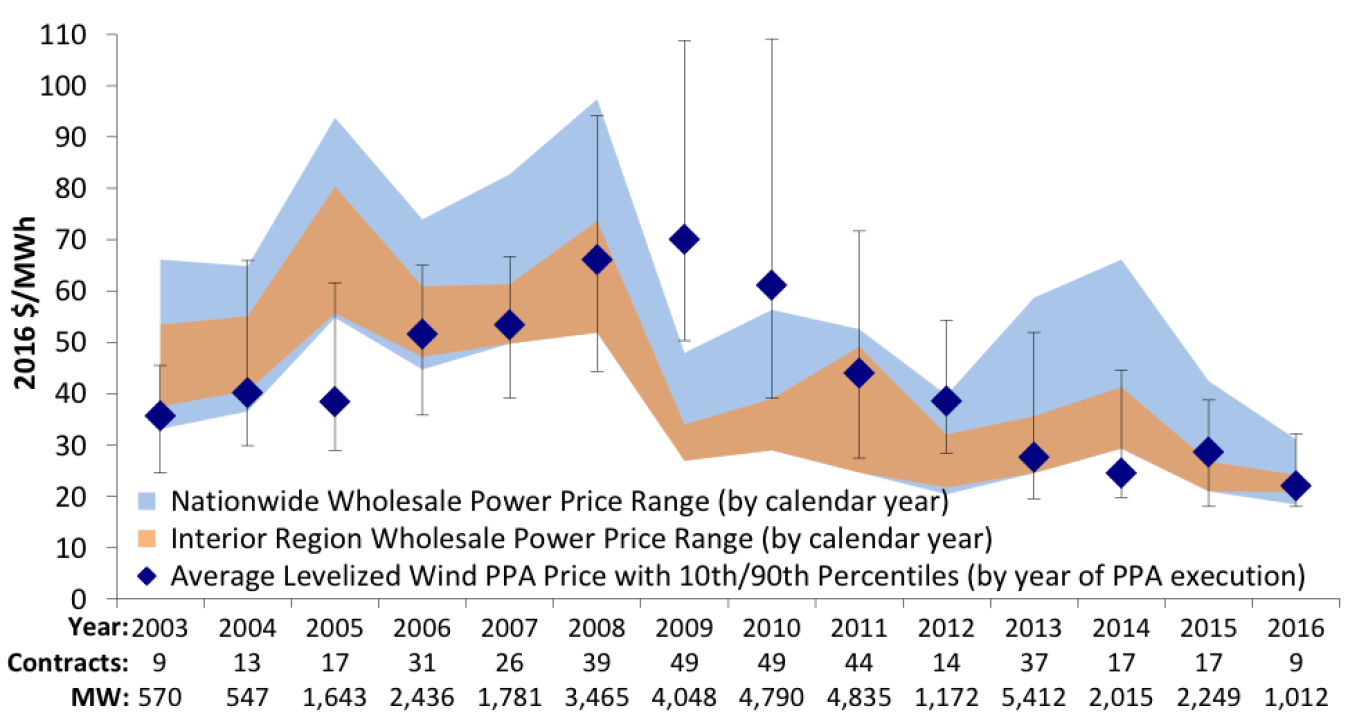
Wind power purchase agreement (PPA) prices –- i.e. the price at which electricity is sold –- remained low and competitive, near 2¢ per kilowatt-hour in 2016.
5. Wind turbines are getting taller, more efficient, and more powerful.
Manufacturers are enabling the wind industry to reach new heights — literally — by creating massive wind turbines on land and offshore. These larger turbines are more economical. One new trend that emerged in 2016 was that a quarter of new utility-scale wind projects used turbines of different sizes — built by the same manufacturer — within the same project. Distributed wind turbines are even more diverse, with U.S. distributed wind projects installed in 2016 encompassing 29 different wind turbine models, ranging from 160 watts to 2.3 megawatts.

Global turbine capacities, rotor diameters, and hub heights over time in offshore projects.
Learn more about how wind is powering America in the U.S. Department of Energy’s state-of-the-industry market reports covering the land-based utility-scale, distributed, and offshore wind market sectors. Visit energy.gov/windreport to learn more.
Watch how America's wind industry has grown in the past year. | U.S. Department of Energy
Liz Hartman

Liz Hartman is the Communications Lead for DOE’s Wind Energy Technologies Office, and formerly (2009–2016) the Communications Lead for EERE’s combined Wind and Water Power Technologies Office.
Liz is a graduate of Cornell University with a B.S. in Natural Resources and an M.P.A. in Environmental Policy.
Articles by Liz Hartman
-
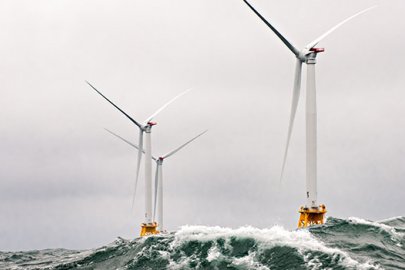 Learn more about efforts to develop America's vast offshore wind resources.
Learn more about efforts to develop America's vast offshore wind resources. -
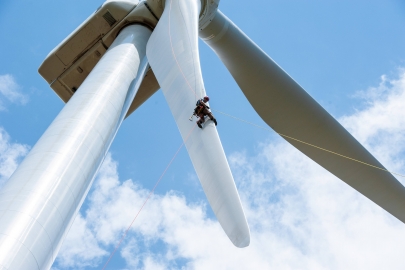 Brush up on your knowledge of wind! Get the details on a few of the lesser-known wind energy facts.
Brush up on your knowledge of wind! Get the details on a few of the lesser-known wind energy facts. -
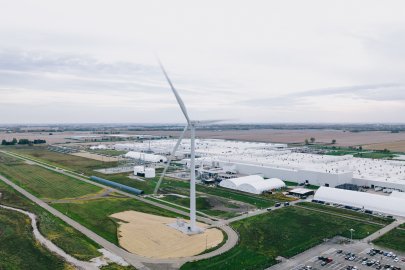 Learn about key facts related to wind turbines used in distributed applications.
Learn about key facts related to wind turbines used in distributed applications. -
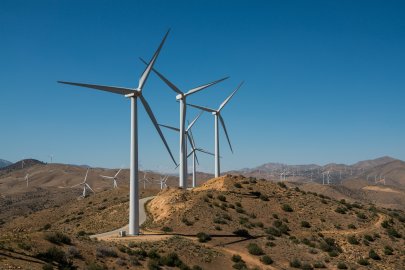 Wind power capacity in the United States continued to experience strong growth in 2017.
Wind power capacity in the United States continued to experience strong growth in 2017. -
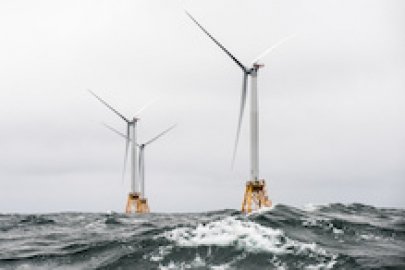 Offshore wind turbines on the Atlantic coast (as well as the Gulf Mexico) have several challenges to contend with—including hurricanes.
Offshore wind turbines on the Atlantic coast (as well as the Gulf Mexico) have several challenges to contend with—including hurricanes. -
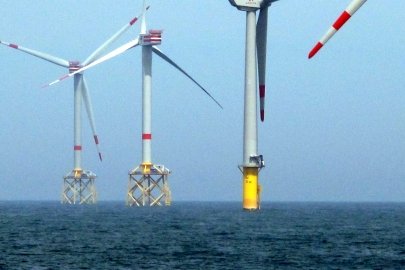 This blog is part of a series that explores offshore wind technical challenges that are different in the U.S. than in other countries.
This blog is part of a series that explores offshore wind technical challenges that are different in the U.S. than in other countries. -
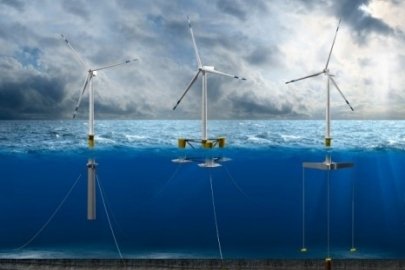 This blog is part of a series that explores offshore wind technical challenges that are different in the United States than in other countries.
This blog is part of a series that explores offshore wind technical challenges that are different in the United States than in other countries. -
 New breakthroughs could cut the cost of wind energy in half by 2030—making it fully competitive with the fuel cost of natural gas.
New breakthroughs could cut the cost of wind energy in half by 2030—making it fully competitive with the fuel cost of natural gas. -
 From utility-scale wind farms to the nation’s first offshore wind project, the U.S. wind industry continued to grow in 2016.
From utility-scale wind farms to the nation’s first offshore wind project, the U.S. wind industry continued to grow in 2016. -
Test your energy knowledge by checking out these surprising facts about hydropower.
-
The five things you should know about wind power and it's impact in the United States.
-
A new report evaluating the potential for offshore wind energy development across U.S. coasts found that even if only 1% of the technical resource potential is recovered, nearly 6.5 million homes could be powered by offshore wind energy.
-
If we harnessed America's vast, untapped offshore wind energy resources -- what would be the impact?

